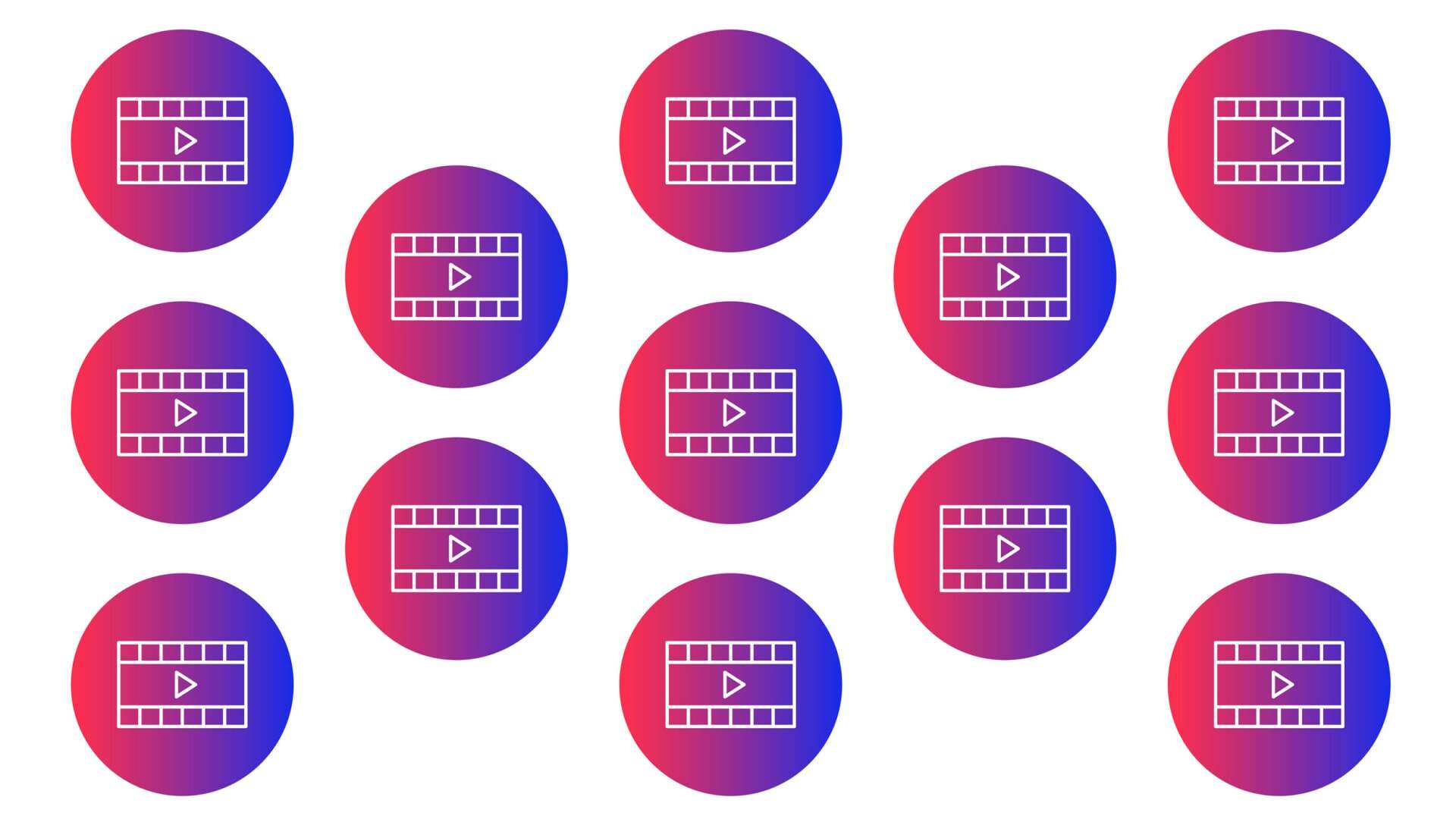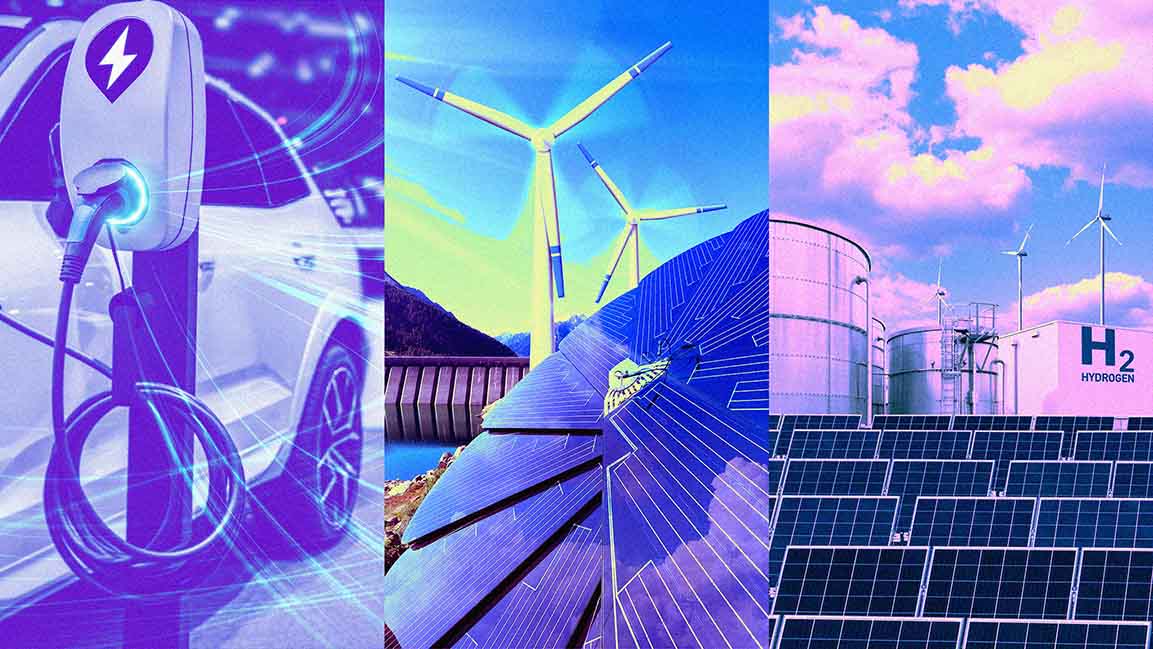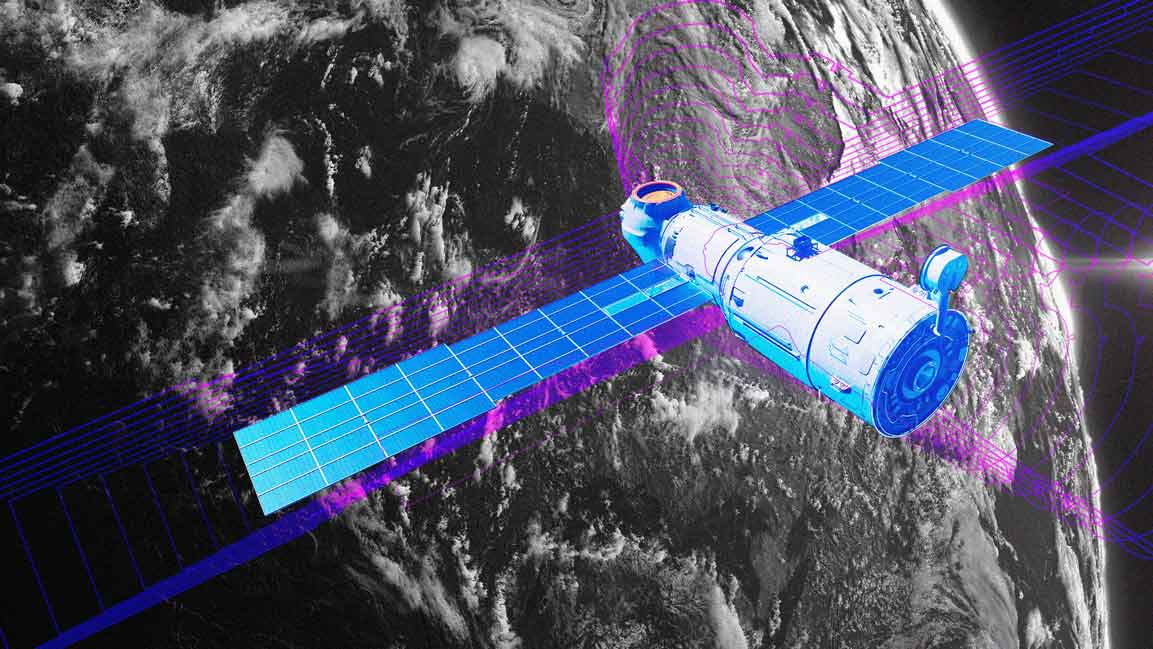- | 8:00 am
AI is paving the video path from creators to consumers
New tools are making video communications easier, richer, and more personal.

Four years ago, Spatial Dynamics CEO and tech futurist Cathy Hackl wrote about a phenomenon she saw on the horizon that she dubbed “business to robot to consumer.” Today, she says, “you can rewrite it to “business to AI to consumer.” This relationship bore out in 2023 at video companies that rapidly developed artificial intelligence to help make services more efficient. From generating tracks to finding slacks, video supercharged with AI reinvented how we got things done online.
For example, with the help of Google DeepMind, YouTube developed AI tools that allow creators to generate soundtracks simply by typing in themes. Creators can also automatically dub their soundtracks into different languages, allowing them to reach a wider audience. YouTube is “facilitating the creation process for video creators,” Hackl says. “As easy as it is to shoot on your phone, there’s still a lift with editing, the music, all those sorts of things. So these AI features are about reducing friction. Allowing a text-to-video prompt makes that a faster process and easier on creators and even brands to leverage those AI features.”
Getting rid of friction also expanded to consumers, thanks to companies like Adventr. The company’s patented AI voice control technology lets shoppers interact with advertisements, immediately giving them information that they would otherwise have to search for on the internet. For example, a campaign created for H&M allowed shoppers to ask questions like “Do you have this shirt in blue?”
And Synthesia used AI to streamline video production for companies with a global workforce. Its tools allow businesses to create avatars that are incredibly lifelike and emotional, and to dub videos into more than 150 different languages simply by tapping a few keys. So a training video created in minutes can be distributed to employees in whatever language they speak. This process also costs far less than hiring translators or multilingual actors to record videos.
“Whether they’re using it to facilitate things for the consumer or the HR company or what have you,” Hackl says, “these companies are finding innovative new ways of using AI that helps your end customer become more efficient.”






































